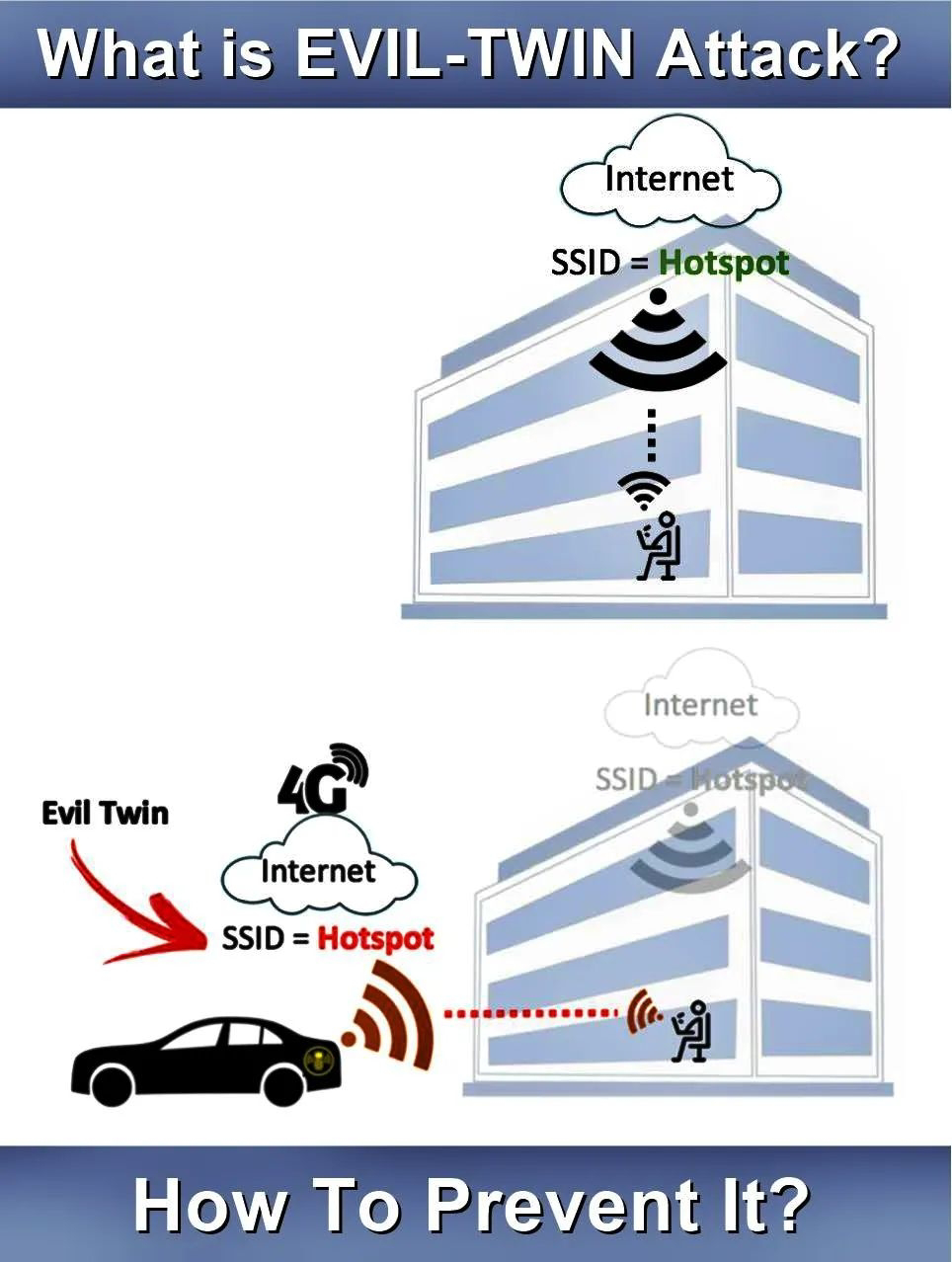What is TCP IP header?
TCP IP header refers to Transmission Control Protocol is responsible to make communication between devices and send data over the network.
It provides reliable, ordered, and error check communications. Major internet applications rely on this protocol such as World wide web, email, remote administration, file transfer, etc. Applications that don’t require reliability use UDP (User Datagram Protocol).
- TCP has main operations at the time of communication:
- Establish connections
- Terminate connections
- Reliable Transmission
- Error Detection and check sum
- Flow Control
- Congestion control
- Decide maximum segment size
- Acknowledgment of transfer data
- Forcing data delivery
And these operations are handled by TCP IP header Communication flags. There are six types of Flags used by TCP
URG (Urgent)
Data with this flag should be processed immediately
FIN (finish)
this flag tell there is no more data remain for transmission on the remote system
RST (Reset)
It is used to reset the connection
PSH (Push)
It is used to instruct to send all buffered data immediately to the receiving system
ACK (Acknowledgement)
Used acknowledge the receipt data packets
SYN (Synchronize)
It is used to initiate the connection between the hosts


No comments:
Post a Comment